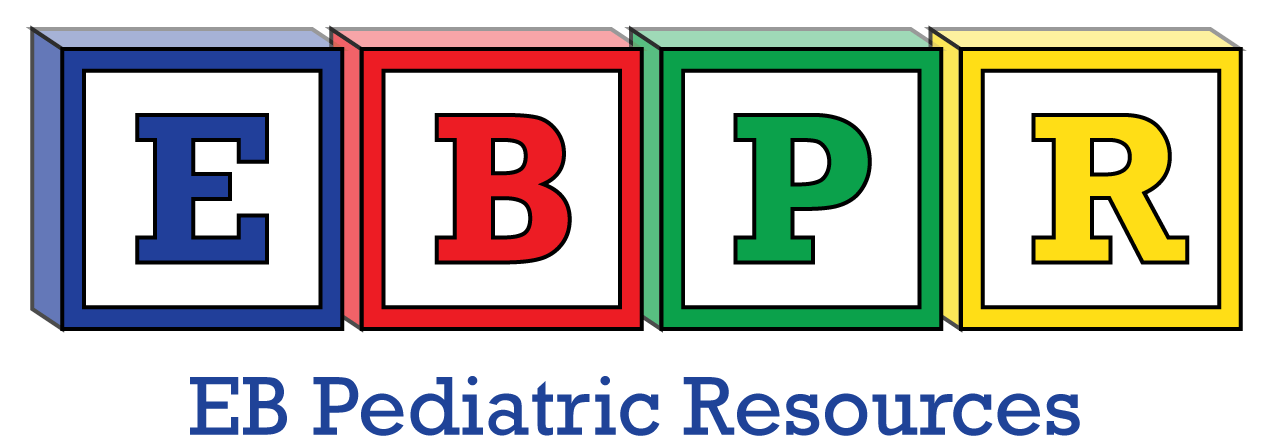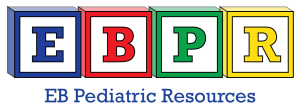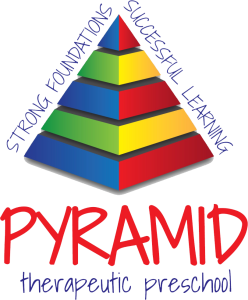I know that many parents are concerned about their children’s language skills—but most parents may not realize how much speech development is impacted by other areas of child development. For example, poor posture in a child can impact a child’s attention span, play skills, social skills… which in turn can prevent a child from developing appropriate communication skills. As a developmental therapist, I conduct global assessments for the Early Intervention Program and I am most frequently called in due to concerns about speech delay. However, many of the children who show a significant speech delay also exhibit a common trait quite often overlooked that impact development of language skills—poor posture.
When I arrive, I may see a child who has no words or does not listen…who often scatters or throws toys… who does not like to move out of sitting position or cannot seem to sit still…who constantly “w-sits” or has never crawled or prefers to be upright. In many cases, I see the something that links all of these behaviors—poor core stability.
Why is core stability so important to child development?
Security in Movement: A child needs to feel stable in order to feel comfortable and explore his world. The world can’t revolve around him…he must move within it and be able to control the movement. When a child shifts his weight from one hand to the other to crawl forward, his brain has recorded a valuable lesson—and by repeating this activity he learns how to consciously activate his muscles in order to change his position without losing balance. Crawling teaches a child how to navigate through his world with confidence and allow him to look around and focus on the interesting things in that world.
Atypical Postures: Signs of atypical or poor posture can be observed when a child starts to “w-sit” or curls his toes, extends an arm, elevates his shoulder, or tucks his chin. This child is learning to compensate for poor core stability, but just like building blocks—if the bottom row is unstable, the building can only go so high before toppling. This is the essence of the Developmental Pyramid philosophy.
Play skills and cognition: Parents always ask me, “is my child is right-handed or left-handed?” Frankly, I’m more concerned with how the child is using both hands. Why? Because a very important cognitive milestone is called “relational play” and it means bringing two objects together purposefully. It may seem silly to insist that a child learn to bang two blocks together. But when he does, he may notice that these two objects look or feel different and he might take a chance to see what will happen when he puts them together. Bingo! His brain has just registered the emerging concepts of spatial awareness. Meanwhile, in the process of using the muscles of his hand and his arm on either side of his body cooperatively, he has just learned how to effectively utilize both sides of his brain to work together efficiently to accomplish a task—an important neurological process of functional communication skills. If a child has poor posture and needs to extend an arm to stabilize, chances are that he will have trouble using both hands cooperatively and will find it challenging to play with more than one toy at a time. The result is he will avoid these challenges and ultimately test out as having cognitive delays, when it might just be an easily correctable fine motor preference.
Behavior, communication and social skills: Poor stability can impact a child’s comfort with his interactions within his environment—especially social interactions. Human exchange is extremely dynamic! If a child has poor stability, these dynamic exchanges might be stressful, disorienting, and over-stimulating. Poor communication skills will further increase his discomfort and cause him to avoid them altogether. When a child avoids social interactions, he loses out on the valuable lessons in social communication and social expectations. If a child cannot express his needs, he is easily frustrated and may discover that hitting or biting give him immediate attention—and it’s the attention that is important to him.
Communication: Let’s try an exercise together while you’re reading this article. Slump your shoulders forward, try to take a deep breath in, and then exhale strongly while producing a loud, clear sound. It’s not easy, is it? A developing child needs a strong core—he needs to develop strong enough abdominal muscles to support the diaphragm so that he can coordinate his breathing and be able to take deep enough breaths in and out to produce sounds. Speaking is all about coordinating breathing and exhalation.
One of the earliest communication cues can be observed when a parent reaches down to pick up her child which the child responds by reaching out his own arms. This cue is strongly reinforced when a child reaches out his arms himself to signal that he wants to be picked up and his parent automatically responds by picking him up. When I evaluate a child with poor core stability, I ask about his gestures— does he lift up his arms to signal to his parent?…does he wave?…does he gesture or point toward a desired toy? Usually the answer is “no.” A child’s development of communication cues can be impacted when they don’t receive this early reinforcement of cues because they are simply unable to initiate them.
Vision – How a child sees his world: Are you concerned about your child’s eye contact? First, get his eyes checked…maybe he just can’t see very well. Second, check his posture. My observations of children with core instability often show that they have a preferred visual field with subsequent limitations. Vision specialists tell us that an infant is born with dominant peripheral vision, but gradually his focal vision takes precedence as he establishes eye contact and then begins to observe the world around him. The development of focal vision is integral to a child’s ability to engage socially—this is seen when a child first establishes eye contact with you. If a child does not sustain eye contact, perhaps he isn’t using vision appropriately. Poor visual skills might impact how a child is able to engage and how they learn language and social cues from these types of interactions. Does your child like to lie on the floor to play? Does he line objects up? This visual behavior may be giving you a clue to how he sees the world. Decreased stability can make it more challenging for children to use their vision appropriately to engage with people.
How can we help?
Developmental therapists assess a child’s GLOBAL development in order to detect any specific needs, such as core instability, that may be impacting the child’s ability to acquire skills in any area of development. Until those specific needs are addressed the child may gain skills but will continue to experience challenges in the learning process. If you feel your child may benefit from a developmental assessment, please contact us at (312) 458-9865 or visiting our contact page here.



